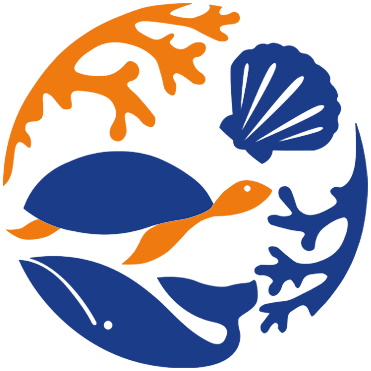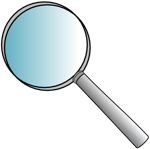Prosorhynchoides arcuata unspecified
Google image |
No photo available for this species.
Classification / Names Common names | Synonyms | CoL | ITIS | WoRMS
Trematoda | Strigeata | Bucephalidae
Environment: milieu / climate zone / depth range / distribution range Ecology
Host. Tropical
Distribution Countries | FAO areas | Ecosystems | Occurrences | Introductions
Western Central Atlantic: Puerto Rico, Jamaica, Curacao and USA.
Length at first maturity / Size / Weight / Age
Maturity: Lm ? range ? - ? cm Max length : 0.3 cm TL male/unsexed; (Ref. 359)
Short description Morphology
Life cycle and mating behavior Maturity | Reproduction | Spawning | Eggs | Fecundity | Larvae
Main reference
References | Coordinator | Collaborators
Williams, E.H. Jr. and L. Bunkley-Williams 1996 Parasites of offshore big game fishes of Puerto Rico and the Western Atlantic. Puerto Rico Department of Natural and Environment Resources, San Juan, PR, and the University of Puerto Rico, Mayaguez, PR, 382 p. 320 drawings. (Ref. 359)
IUCN Red List Status
(Ref. 130435: Version 2025-1)
CITES status (Ref. 108899)
CMS (Ref. 116361)
Threat to humans
Human uses
| FishSource |
Tools
More information
Diet composition
Food consumption
Predators
Max. ages / sizes
Length-weight rel.
Length-length rel.
Length-frequencies
Mass conversion
Abundance
Internet sources
BHL | BOLD Systems | CISTI | DiscoverLife | FAO(Publication : search) | Fishipedia | GenBank (genome, nucleotide) | GloBI | Gomexsi | Google Books | Google Scholar | Google | PubMed | Tree of Life | Wikipedia (Go, Search) | Zoological Record


